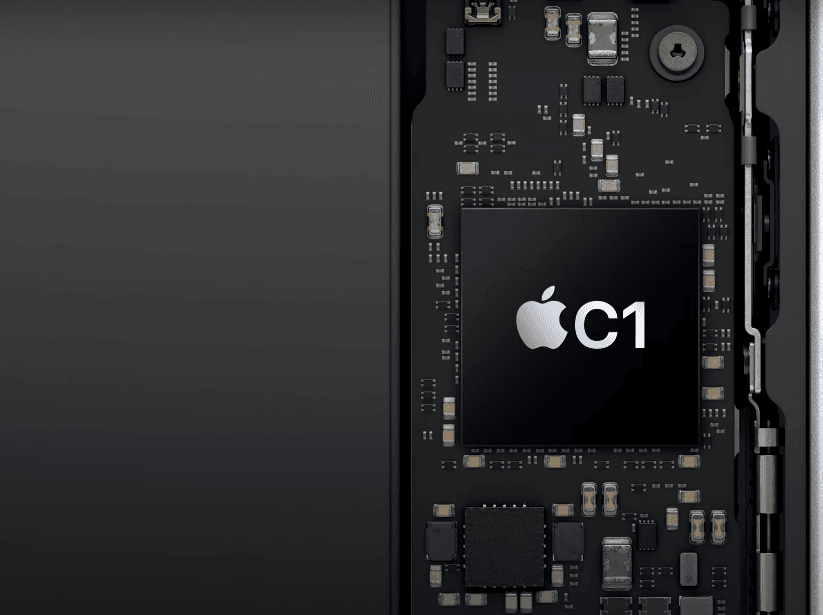Apple has unveiled its first custom-designed modem chip, marking a significant shift in how iPhones connect to wireless networks. The C1 modem chip, debuting in the $599 iPhone 16e, represents Apple’s latest move to take control of key technology that powers its devices.
The development signals a clear break from Apple’s longtime reliance on Qualcomm, which has been the exclusive provider of modem chips for iPhones. This change carries weight beyond just Apple – it reshapes the landscape of mobile technology and could influence how future phones connect to cellular networks.
“We build a platform for generations,” says Johny Srouji, Apple’s senior vice president of hardware technologies. “C1 is the start, and we’re going to keep improving that technology each generation.”
Breaking Down the Technology
The C1 isn’t just a single chip – it’s part of a larger system that Apple calls the C1 subsystem, which includes processors and memory working together. What makes this technology stand out is its advanced manufacturing process: the modem uses 4-nanometer technology, while its transceiver employs 7-nanometer technology.
This matters because these components handle how phones connect to cellular networks, process data, and manage battery life. Apple has tested these chips with 180 carriers across 55 countries to ensure they work everywhere iPhone users might travel.
Kaiann Drance, Apple’s vice president of iPhone product marketing, points to tangible benefits: the iPhone 16e shows the best battery life of any 6.1-inch iPhone, thanks to the C1 system.
The Real-World Impact
The C1 brings practical improvements to how iPhones handle network congestion. When networks get busy, the phone’s processor can tell the modem which data is most important, making apps feel more responsive. The system also includes custom GPS and satellite connectivity features for when users are away from cellular networks.
However, the C1 does have limitations. It cannot yet connect to millimeter wave 5G networks, a technology where Qualcomm currently leads the market.
Similar Posts
Industry Shifts
This development affects more than just Apple. Qualcomm executives expect their share of Apple’s modem business to drop from its current 100% to as low as 20% by next year. Yet Qualcomm maintains a technology licensing agreement with Apple until at least 2027.
Apple’s strategy differs from traditional chip manufacturers. “We’re not the merchant vendor to go compete with Qualcomm and MediaTek and others,” Srouji explains. “I believe we’re building something truly differentiating that our customer will benefit from.”
Looking Ahead
According to analyst Ming-Chi Kuo, Apple plans to introduce its own Wi-Fi chips in all new 2H25 iPhone 17 models, potentially replacing current supplier Broadcom.
The iPhone 16e introduces this new technology while maintaining familiar elements. Priced at $599, it includes the A18 processor and supports features like satellite emergency services and USB-C connectivity. The device comes with Face ID and a 6.1-inch Super Retina XDR OLED screen while introducing new capabilities through the C1 modem.
This shift in modem technology represents more than a simple component change – it shows how deeply Apple is willing to go to control the key technologies in its devices. By developing its own modem, Apple gains more control over how its devices perform and how efficiently they use power, while potentially reducing its reliance on external suppliers.
The C1 modem marks a significant step in Apple’s ongoing effort to bring more technology development in-house, with implications for both device performance and the company’s relationship with current suppliers.







